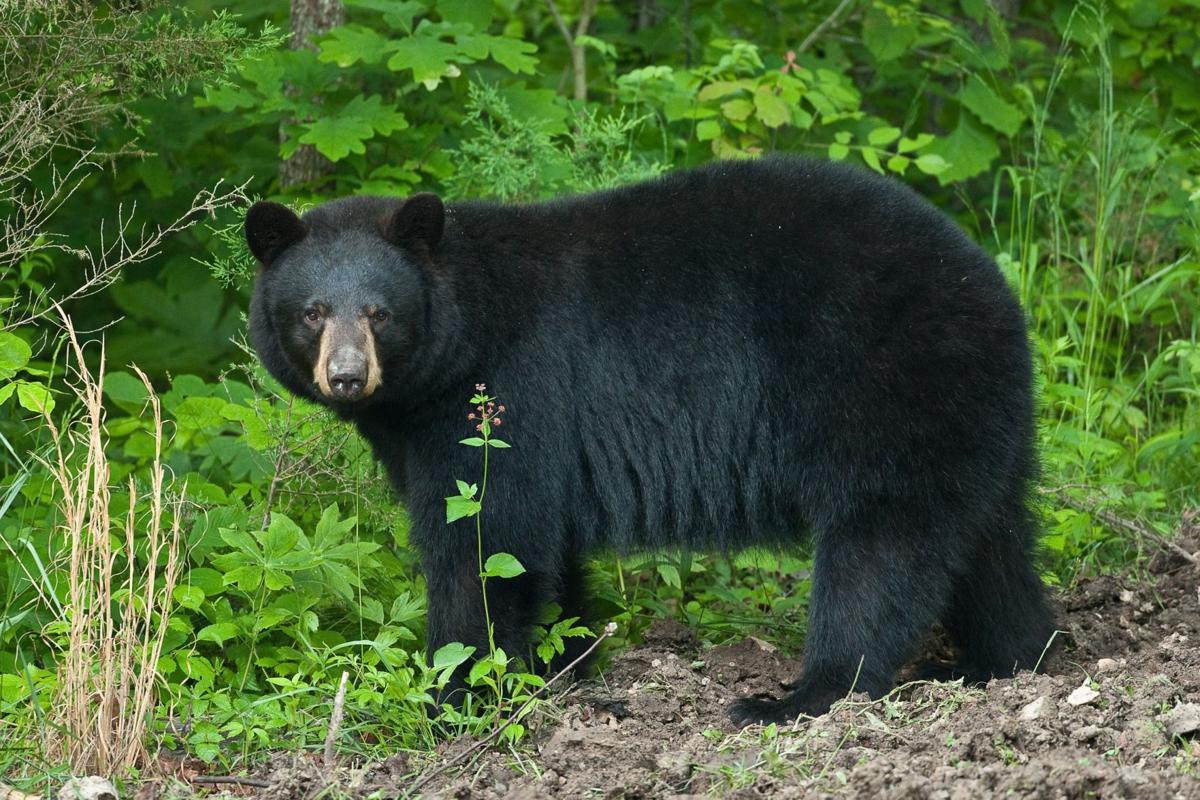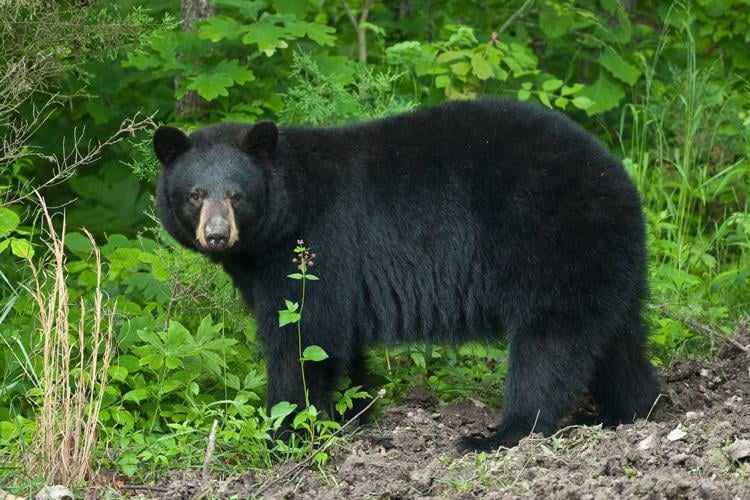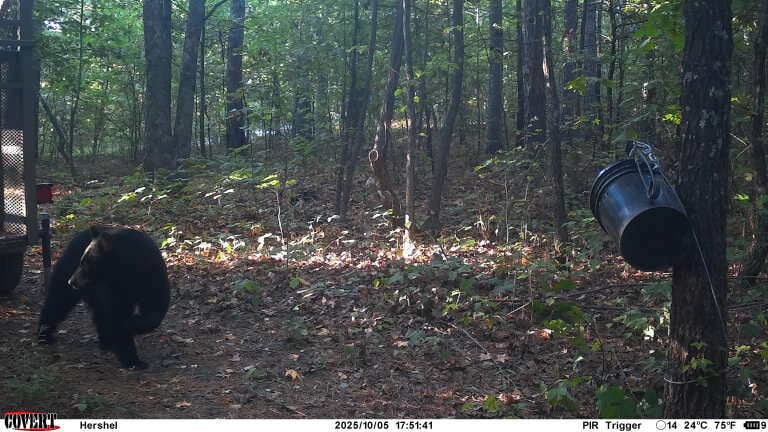For Max Thomas, stargazing was more than a hobby. It allowed him to connect with “.”
Thomas, of Springfield, Missouri, didn’t even use a tent on a recent trip to the Sam’s Throne Recreation Area in northwest Arkansas, preferring to sleep under the stars.
But after a few days, his son, Andrew, became concerned after he hadn’t heard from his father, who had earlier sent photos of a bear in his camp to family members. He called the authorities.
When a Newton County sheriff’s deputy arrived, Thomas, 60, wasn’t in his camp. There was evidence of a struggle and drag marks leading into the woods.
Thomas was found about 180 feet from his campsite, dead of an apparent bear attack that authorities
People are also reading…
It had been 133 years since the last recorded fatal attack on a human by a wild bear in the Ozarks, but Thomas’ killing was the second in the span of a month.
Officials have shot and killed the bear they believe is responsible, which . They are awaiting testing to confirm.
Dan Zarlenga of the Missouri Department of Conservation advises people not to read too much into the recent killings.
“These two tragic cases involving black bears are highly uncommon, even in North America as a whole, and as stated there has been no record of any such incidents in Missouri,” Zarlenga wrote in an email.

This image taken from a trail camera on Sunday, Oct. 5, 2025, and released by the Arkansas Game and Fish Commission shows a male black bear near a campground in northwest Arkansas where a 60-year-old man was fatally mauled.Â
Arkansas officials think the bear that killed Thomas may have gotten used to getting food at the camp site.
“Our thought process was that this bear had probably had a few meals in that campground, possibly just people leaving scraps,” Keith Stephens of the Arkansas Game and Fish Commission
Earlier in September, 72-year-old Vernon Patton was using a tractor on his Franklin County, Arkansas, property when . His son interrupted the attack, but the elder Patton died 11 days later.
Officials determined that bear was malnourished.
“The combined evidence of malnutrition and neurological abnormalities suggests the bear was not functioning normally,” Stephens . “However, the exact cause of these issues cannot be definitively determined.”
The region’s bears are spread in southern Missouri, into northern Arkansas and continuing into the Ouachita Mountains in southern Arkansas and eastern Oklahoma.
Fatal attacks by wild black bears are exceptionally rare. A in the central United States from 1900 to 2009 (two each in Tennessee and Michigan and one in Minnesota).
Missouri and Oklahoma officials have no records of fatal bear attacks in their states. In Missouri, there are no records of any wild bear attack whatsoever. Oklahoma officials can only point to a a bear attack after he entered the animal’s den in search of raccoons or bobcats.
In Arkansas, the last recorded fatal attack by a wild bear was in May 1892, when, according to reports, a visited a home and outside the cabin.
At that point, the bear population was dwindling, with few in the region after decades of over-hunting.
All wild bears in this part of the country are black bears, and there are just over , and more than 1,000 in eastern Oklahoma. They’re growing at an annual rate of about 9% in Missouri, Zarlenga said. But numbers are still far below where they were before being nearly eradicated from the area in the 1800s and early 1900s.
Arkansas began reintroducing black bears in 1958, transporting them south from Minnesota and Manitoba. That population has spread to Missouri and Oklahoma, though DNA testing shows that a few bears in Missouri descended from the state’s remnant population.
All three states now permit bear hunting. Missouri first allowed it in 2021, and last fall, of a maximum 40. This year, the season .
Unplanned encounters between bears and humans are rising, especially here as bears expand their range farther north into the ×îĐÂĐÓ°ÉÔ´´ area.
“Urban sprawl into more wooded areas will likely also increase the chance of bear sightings and encounters, just as it does with other wildlife,” Zarlenga wrote.
Though most bear sightings do happen in spring, bears can be more active in fall as well, Zarlenga said.
“Spring and fall can both see heightened activity as bears are more active looking for food; spring because bears are trying to put weight back on they lost over winter and fall because they are trying to fatten up going into winter,” Zarlenga wrote.
In the wake of these two rare killings, officials are warning residents not to overreact.
“I don’t want this to become open season on any bear that someone may see, as most bears fear humans and run away,” Newton County Sheriff Glenn Wheeler “But, at the same time, don’t put yourself or others in jeopardy.”
Zarlenga is hopeful that Missourians will maintain their healthy attitude toward bears.
“Overall, the Missouri public seems sympathetic and receptive to bears in the state.” Zarlenga wrote. “As these incidents are very rare, and none have been reported in Missouri, we don’t anticipate a significant change in that attitude in the near future.”
The Associated Press contributed to this report.
Lucas Bond, communications manager with the Missouri Department of Conservation, interviews a hunter who harvested the first black bear in southwestern Missouri on Monday, Oct. 18, 2021. Video provided by the Missouri Department of Conservation












